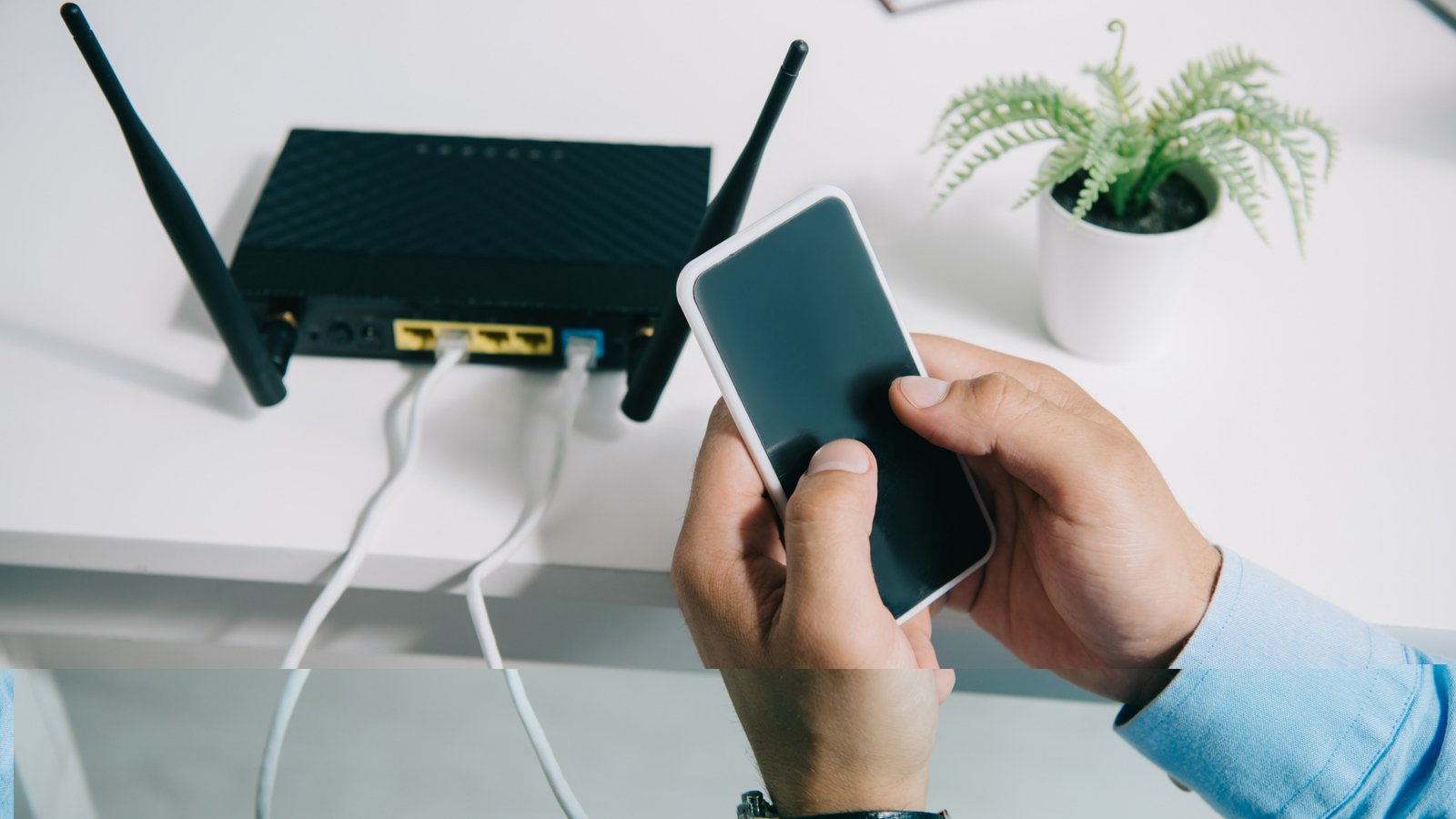Internet Service Providers (ISPs) constantly seek ways to enhance customer experience while reducing operational costs. One increasingly popular solution is Customer Premises Equipment (CPE) self-installation kits, which allow subscribers to set up their modems, routers, or ONTs without a technician’s visit.
But are self-installation kits the right choice for every ISP? This article explores the advantages and disadvantages of CPE self-installation kits, helping ISPs make an informed decision.
The Rise of CPE Self-Installation Kits
With the growing demand for quick, contactless service activation, self-installation kits have gained traction. These kits typically include:
- A pre-configured modem/router/ONT
- Ethernet/power cables
- Quick-start guide (often with QR codes linking to video tutorials)
- Necessary connectors (e.g., coaxial cables for cable broadband)
ISPs like Comcast Xfinity, AT&T, and Verizon have successfully deployed self-installation programs, reducing truck rolls and improving scalability. But while self-installation offers convenience, it’s not without challenges.
Pros of CPE Self-Installation Kits for ISPs
1. Reduced Operational Costs
Sending technicians for every installation is expensive. Self-installation eliminates truck rolls, reducing labor, fuel, and scheduling overhead.
2. Faster Service Activation
Customers no longer wait days for an appointment. Instead, they can plug and play immediately after receiving their kit, improving satisfaction.
3. Scalability & Growth Support
For ISPs expanding into new markets, self-installation allows rapid deployment without hiring additional technicians.
4. Contactless & Convenient
Post-pandemic, customers prefer DIY solutions over in-person visits. Self-installation aligns with this preference.
5. Lower Carbon Footprint
Fewer service calls mean reduced fuel consumption, supporting sustainability goals.
Cons of CPE Self-Installation Kits for ISPs
1. Higher Risk of Installation Errors
Non-technical users may misconfigure devices, leading to connectivity issues and increased support calls.
2. Potential for Increased Support Tickets
If instructions are unclear, customers may flood call centers with basic troubleshooting requests, negating cost savings.
3. Limited Suitability for Complex Setups
Fiber installations (requiring splicing) or homes with outdated wiring may still need professional intervention.
4. Upfront Investment in Kits & Logistics
Pre-configured CPE, packaging, and shipping add initial costs, though they pay off long-term.
5. Customer Perception & Trust Issues
Some users distrust self-installation, fearing poor performance. ISPs must ensure reliability to maintain brand reputation.
Best Practices for Successful Self-Installation Programs
To maximize benefits and minimize drawbacks, ISPs should:
✅ Provide Clear, Multilingual Instructions – Use visual guides, videos, and QR codes for easy setup.
✅ Offer Proactive Support – Chatbots, FAQs, and 24/7 helplines can preemptively resolve issues.
✅ Use Pre-Activated Plug-and-Play Devices – Minimize manual configuration to reduce errors.
✅ Conduct Customer Education Campaigns – Explain benefits and ease of self-installation to boost adoption.
✅ Monitor Performance Metrics – Track success rates, support tickets, and customer feedback for improvements.
Conclusion: Are Self-Installation Kits Worth It?
CPE self-installation kits offer cost savings, scalability, and convenience, making them a smart choice for ISPs targeting tech-savvy users in low-complexity setups. However, professional installation remains necessary for fiber-heavy or legacy infrastructure environments.
By optimizing instructions, support, and device reliability, ISPs can strike the right balance between DIY convenience and seamless connectivity.
